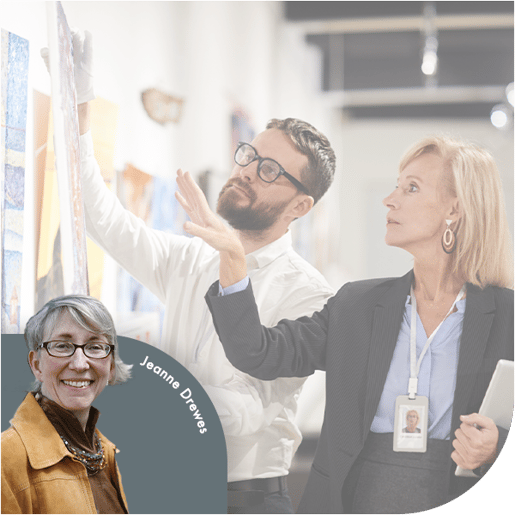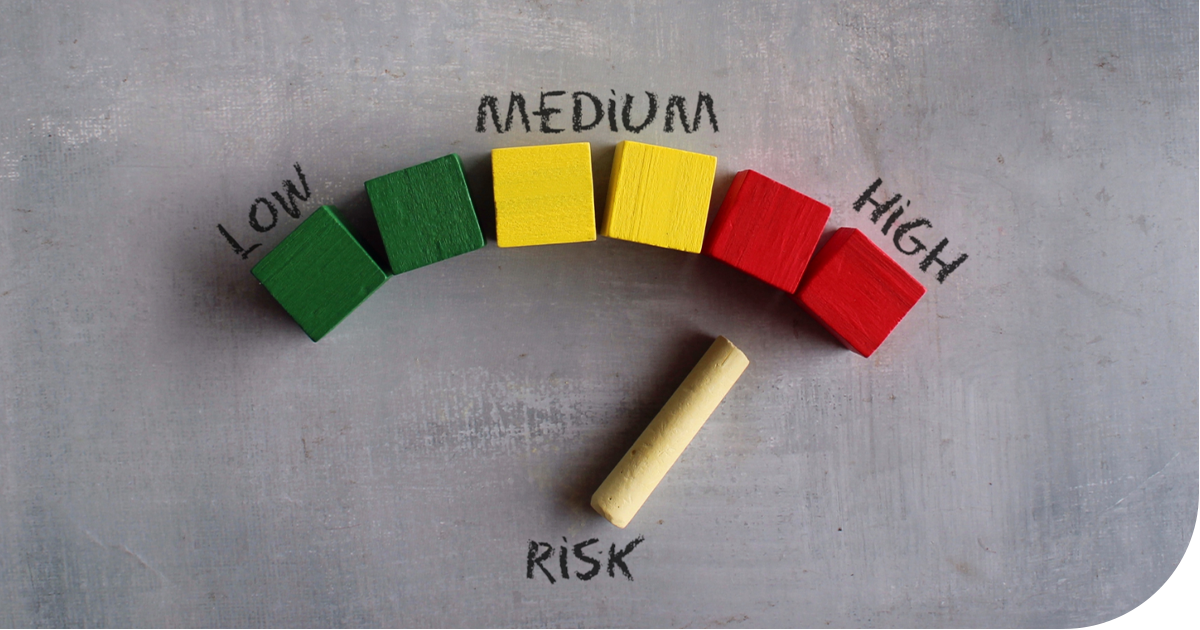Conducting a risk assessment for your museum or institution is critical in safeguarding your collections, staff and visitors. The process might seem daunting, but with a structured approach, it becomes manageable and highly beneficial. Let’s break it down into digestible steps to ensure your institution remains a safe and thriving environment.
Identify Potential Hazards
First and foremost, you'll need to identify potential hazards. This involves walking through your institution and noting anything that could cause harm. Think broadly here; hazards can range from physical risks, like uneven flooring or poorly lit areas, to environmental threats, such as humidity or temperature fluctuations that could damage collections. Also, security risks and health-related issues like the spread of illness should be considered, especially in areas where people gather. This step requires a keen eye and an open mind, as hazards aren’t always immediately apparent.
Analyze & Evaluate
Next, analyze and evaluate the risks associated with these hazards. This means considering both the likelihood of these hazards causing harm and the severity of their potential impact. For example, the risk of a priceless painting being damaged due to inadequate climate control is highly probable and severe, demanding immediate action. On the other hand, the risk of someone tripping over a slightly raised carpet edge might be more likely but less severe. This phase helps prioritize which risks need more urgent attention based on their potential impact on your institution.
Take Action
Finally, take action to mitigate identified risks. This could involve a range of measures, from simple fixes like improving lighting or securing loose flooring to more complex solutions like upgrading security systems or installing state-of-the-art climate control for your collections. Equally important is to establish a plan for regular monitoring and review. Risks can evolve as circumstances change, so staying vigilant and adapting your risk management strategies is crucial.
Remember, conducting a risk assessment is not a one-time task but an ongoing process. It’s about creating a culture of safety and preservation that permeates every aspect of your institution. By taking these steps, you’re protecting your collections and people and ensuring that your museum or institution remains a vibrant, engaging, and secure place for everyone who enters its doors.

Do You Know Your Risks? Webinar with Jeanne Drewes
Join cultural heritage consultant Jeanne Drewes, formerly of the Library of Congress, for this eye-opening overview on identifying and mitigating potential risks at your institution.
Originally presented 1/26/23
For More Information
- Risk Evaluation & Planning Program (REPP) from American Institute for Conservation (AIC)
- Facilities & Risk Management Standards from the American Alliance of Museums (AAM)
- A Guide to Risk Management of Cultural History from the Canadian Conservation Institute (CCI) and the International Centre for the Study of the Preservation and Restoration of Cultural Property (ICCROM)

